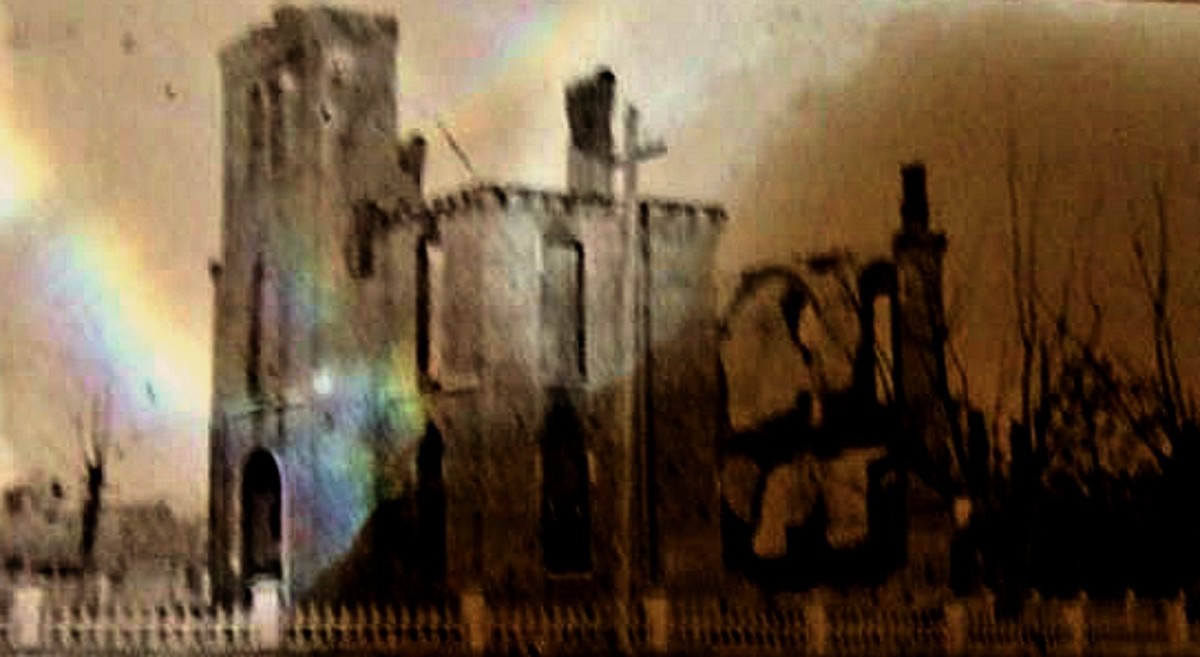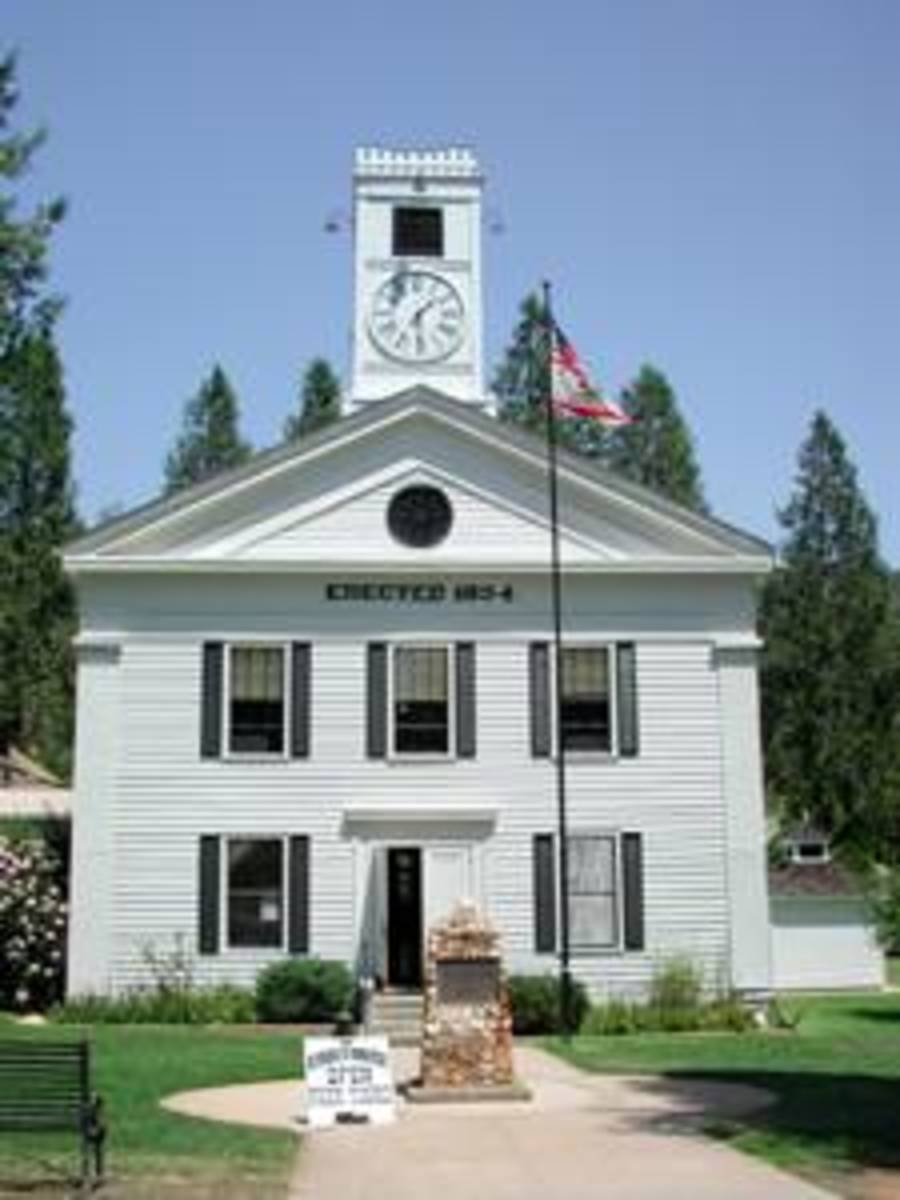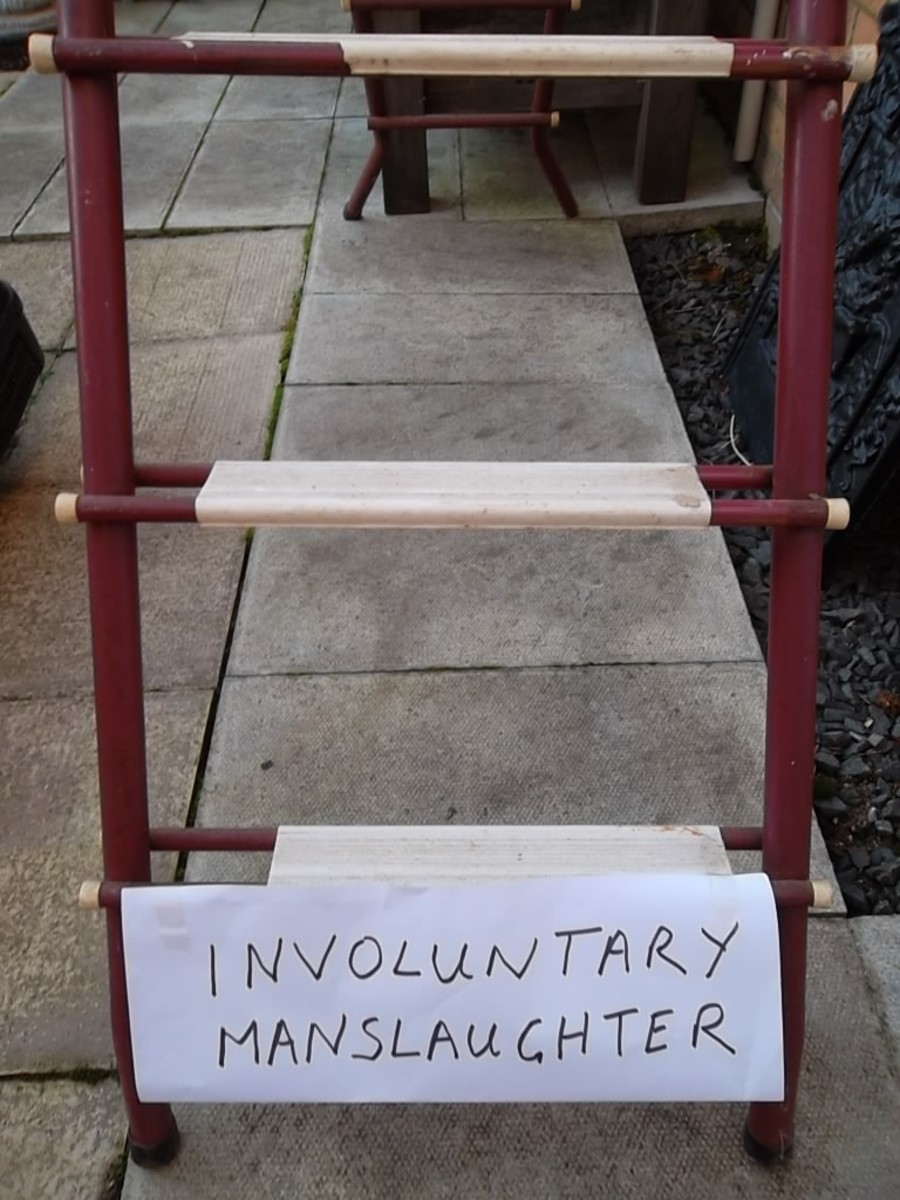Courtroom Observation- Permanent Planning Review Hearing (San Bernardino County)
Map
When you go east down Gilbert, make a left on Anton Ct. The courthouse is located behind the high school, on the right. The public entrance is North.
Description of the Courthouse
I have been visiting the high desert this week and I decided to accompany a co-worker to court and observe a Hearing for a case I had previously known. The courthouse is known as the San Bernardino Juvenile Delinquency Court and is located at 900 E Gilbert Street in San Bernardino, CA. It is open Monday through Friday, 8:00am-4:30pm, with a lunch break between 12:00pm and 1:00pm. Getting to the courthouse is confusing. If you use GPS, you will end up at an elementary school. You have to turn left onto a side street and the building is about a quarter mile down the road on your right. The entrance faces north, which may be confusing. Also, the entrance facing east is where most of the parking is, but this entrance is only for social workers and Court personnel. This is also a source of confusion for clients. Upon entering the building, as with all other courthouses, you must step through a metal detector and possible pat down. The waiting room is large and the reception area is clearly marked and helpful. There is also a childcare area for free for clients.
The dependency court rooms are held in the last three rooms at the end of a long hallway. The hallway is lined with benches, but is poorly lit and the benches are uncomfortable. Most clients spend most of their time meeting with social workers and attorneys in interview rooms, which are much more comfortable. We arrived early and greeted the foster parents. We were able to chat and catch up before heading into the courtroom. We let the county clerk know we were there and for which case. The clerk let County Counsel know we were present.

The Case, Representatives, & Parties Involved
Dependency court is very fast and confusing. This was a Permanency Placement Review Hearing (PPR), which is held every six months for a foster child whose permanent plan is to remain in the care of the County to determine if the current placement is still necessary and appropriate. It is busy, difficult to her sometimes, and is always hectic. It is often difficult to know when the Court is on record or not, as the judges and attorneys converse freely with each other. There are no clear “sides” in this type of court room.
The judge then calls the court to order and states that they are now on record for the Hearing. All of the attorneys introduce themselves by stating their name and who they are representing. In this case, there was an attorney for the mother, who was not present in court, an attorney for the child, who is only five and too young to attend court at this time, County Counsel, who represents the social worker, who must be present if they did not notify the court beforehand, the clerk introduces themselves, etc. In this case the father is deceased and does not have any representation. If you are a represented party, you sit at a long, round table in front of the judge’s podium. There is a space between the judge and the table where no one is allowed to walk. The court reporter sits in this area and records everything that is said on record. The foster parents entered the courtroom. In this courtroom, there is a corner with two small benches, about enough room for six people to sit. This is where social workers generally sit and where I was sitting during this Hearing. Family, friends, and others sit in longer rows of benches on the opposite side of the room. This is where the foster parents sat during the Hearing.
Quick Poll
Was this Hub helpful in gaining more understanding of the PPR process?
Outcome of the Case
The judge then states the same general description of the case, as with any case. He then reads through the social worker’s report, which is given to the Court several days before the court date. If the judge has any questions or does not agree with the overall recommendation made by the social worker in the report, the judge will take this time to talk directly to the social worker, who is supported by counsel if needed. This is also the time for any other attorney to advocate for their represented client (the father, mother, etc.). In this case, all parties agreed that it is in the best interest of the child to continue to live in the current placement, with his foster parents (who are his maternal aunt and uncle) because his mother has been deemed to put her child at risk, and therefore he is safer in placement.
The judge then states that the Court adopts the findings and orders in the social worker’s report and reads through them one at a time. The judge does not bang a gavel to end the case, like in the movies. The social worker thanked County Counsel and shook her hand and left the seat.

Impressions from a Social Work Perspective & Suggestions for Improvements
The process of a PPR Hearing is overwhelming. The first time I went to a hearing, my supervisor insisted on going with me, even though I had already been through a County sponsored training on court proceedings. From a client’s perspective, the process is so much harder because they are facing losing their children, parental rights, or a say in what happens to their children. Social workers must have due diligence in trying to reach parents, even alleged parents, way before court can be held. However, a client may not understand the different types of hearings or their options. They may not know they are entitled to counsel, and can be provided counsel by the County. They do not realize how beneficial this can be.
One major issue for parents is transportation. The high desert is about 40 miles on the freeway from the courthouse in San Bernardino. For parents, transportation is difficult and so is requesting the time off from work and other obligations. It is important for social workers to obtain the necessary resources to enable parents to actively participate in court events. San Bernardino County can provide transportation, bus or gas cards, and other means to get to and from court. There are also legal clinics and low income law firms that offer special days for people involved in the court system.
For children, it is important that they know they can have a certain amount of input as well. They can be represented by both an attorney (free) and a CASA worker, if they would like. If a child is twelve or older, they must be notified by the social worker of the court hearing and that transportation can be arranged if they would like to go. Often, judges are interested in the child’s input on placement, services, and other aspects of the case. I remember advocating for sibling visits because one foster parent was being uncooperative about scheduling visits. The sister’s attorney asked the judge to mandate the visits and for more often than originally set. This means that if the foster parents and/or social worker fail to provide the siblings with the ordered visits, that they can be reprimanded.
Lastly, the general operation of the Court is confusing and frustrating. A worker can take a client in to see another case before a client’s so they are familiar with the surroundings and the people. A social worker can familiarize the client with who sits where, what they do, etc. Explaining that the process is quick is very important so that the client knows they are heard and that they have a voice. Court proceedings can go so quickly that clients do not know when they start or end, let alone what the decision was. Letting a client debrief after is beneficial as well.
How to become a CASA
My Experience
Work Experience
- BSW Intern, Emergency Repsonse, Children and Family Services, Los Angeles County, CA (2011-2012)
- Social Worker II, Intake and Carrier, Children and Family Services, San Bernardino County, CA (2013-2014)
- Social Service Practitioner, Children and Family Services, San Bernardino County, CA (2015-2016)
Education
- AA, Liberal Studies, Emphasis on Behavioral and Social Sciences (2009)
- BA, Social Work, Child Welfare (2012)
- MA, Social Work, Children and Youth: Risks and Healthy Development + Animal-Assisted Social Work certificate (2015)
This content reflects the personal opinions of the author. It is accurate and true to the best of the author’s knowledge and should not be substituted for impartial fact or advice in legal, political, or personal matters.
© 2014 BKay








